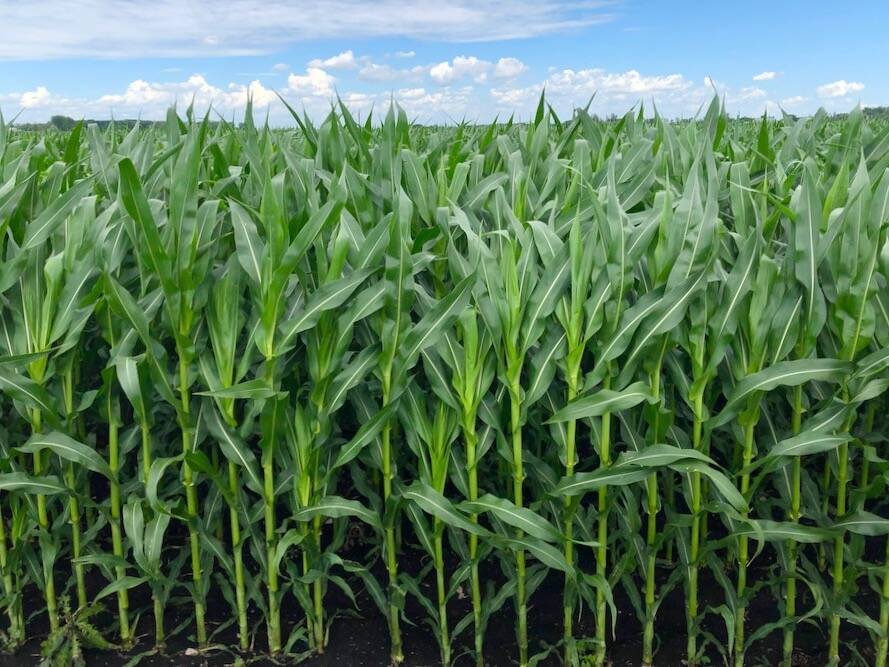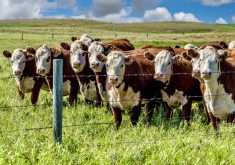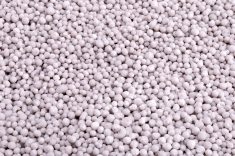Nobody likes to change, especially not when they’re comfortable and things are going well.
But that attitude can lead to complacency and inertia as the world passes by.
This is the delicate balance that farmers are being asked to strike, with little evidence that it’s going to pay them dividends of any kind.
Read Also

Nutrien pays farmers for efficient nitrogen
Nutrien’s Sustainable Nitrogen Outcomes (SNO) program pays Prairie farmers to limit nitrogen loss and, therefore, fertilizer-related greenhouse gas emissions.
The issue is emissions reductions, and the challenge is how to do it without leaving the agriculture sector in a hole of its own government’s making while addressing a very real issue.
A recent field day at the Grosse Ilse, Manitoba Innovation Farms highlighted some of these challenges and opportunities.
The event delved into the “4R” fertility management philosophy. That relies on delivering fertilizer from the right source at the right rate, right time and right place.
Most farmers would likely look at that and wonder what the big deal is.
After all, nitrogen is one of the biggest input bills any crop producer pays in a given season, and likely they’re all attempting to hit exactly those targets.
But things get interesting when a few new techniques are thrown into the mix.
Rick Rutherford, the farmer who hosts Innovation Farms, says he was able to cut his inputs by roughly nine per cent by using an advanced John Deere planter that allows him to apply up to five products simultaneously at variable rates.
That change came at a cost. The seeder wasn’t cheap, and he and agronomist Dave Ives appear to have spent a fair bit of mental energy getting things right.
But so far at least, neither seems discouraged. In fact, they were both excited about the possibilities that lay ahead, such as incorporating a protein map to further refine their wheat inputs.
Another promising technology involves polymer-treated products — urea prills that are either coated or have a product incorporated to delay release and avoid early-season losses.
Here Rutherford and Ives are delving into another question: what’s the right rate of anhydrous blended with coated urea? They’re banding in anhydrous deep enough to prevent environmental losses for early season growth, and adding a portion of coated urea in varying degrees to meet plant needs later in the season.
It’s a large-scale field trial that aims to find the sweet spot that will avoid excess costs, make nitrogen applications most efficient and deliver the desired environmental and agronomic results.
That desired result is a 30 per cent reduction in nitrous dioxide emissions, in line with the much-talked-about federal goal – which is not the same as a 30 per cent reduction in nitrogen use.
Can the target be met? Yes, according to another tour participant.
Mario Tenuta, who holds a post as 4R research chair at the University of Manitoba, says the studies to date say this isn’t a particularly daunting target.
What’s less clear, he concedes, is the economic case for it. Polymer urea products, for example, can carry a stiff premium. Before the recent spike in fertilizer prices, it could run as much as 14 per cent more than conventional sources of N.
It hasn’t increased at the same rate as N prices, so that difference has shrunk proportionally, but still hovers around five or six per cent.
While it shows some productivity gains in other production areas, such as southern Ontario, there’s no comparable yield bump seen here on the Prairies. In most cases it’s near zero, and over many fields it is still well under a bushel an acre.
That’s why Tenuta advocates for farmers to take subsidies offered by the federal government to help offset some of the risk and cost associated with trying the new product, even if there’s not a business case.
Ultimately, Prairie grain producers are in a tough spot. They’re producing much-needed food products, but they’re exporting into a world market that isn’t interested in compensating them for environmental niceties.
Were every other country headed down a similar path, it would be a no-brainer to get on board. But that’s clearly not the case.
This is where the federal government must step in. It has signed the treaties and it is the only voice other national governments will listen to.
Until the global community is on the same page, the federal government must be prepared to pay the costs of meeting its environmental vision.















